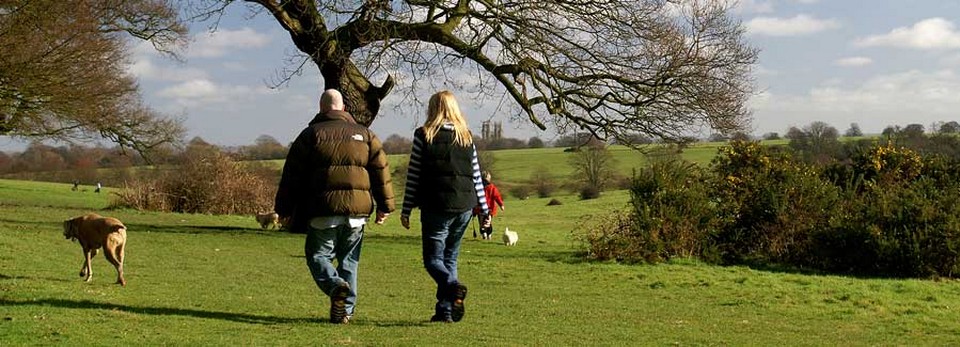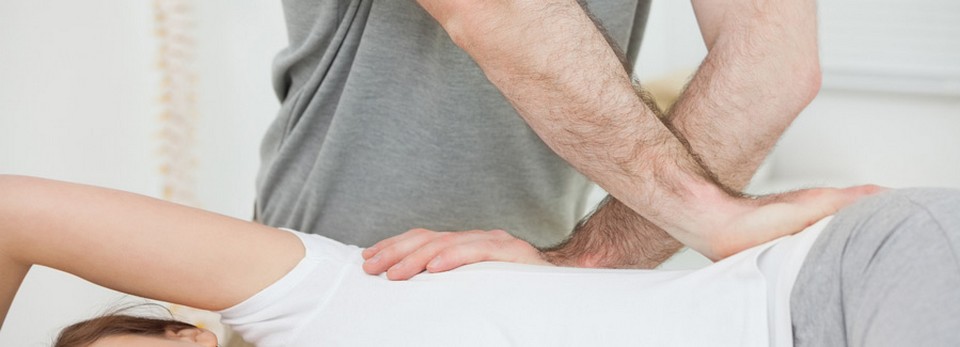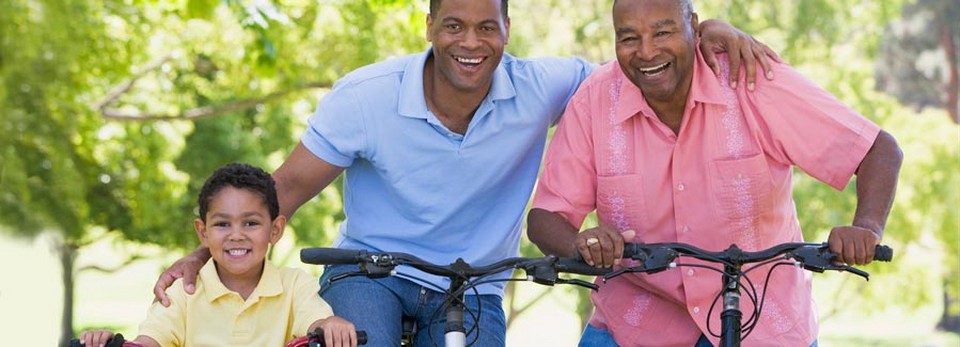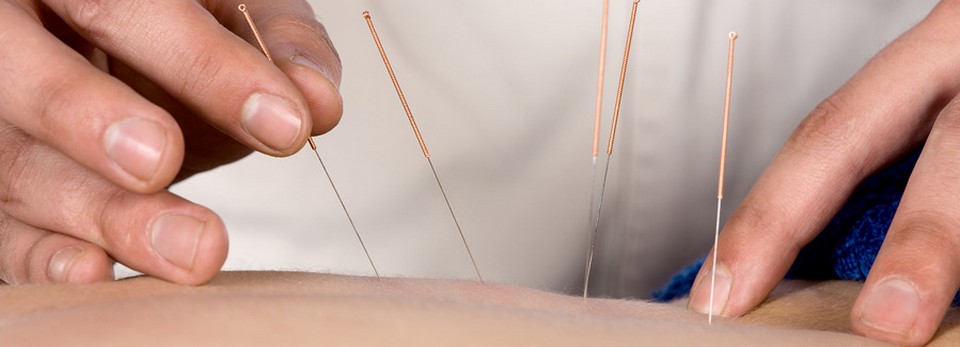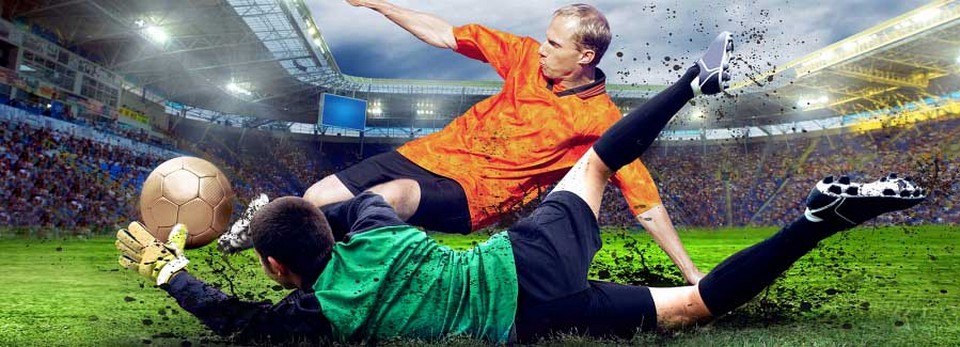Do you experience Joint Aches when it is Cold and Rainy?
Osteoarthritis (OA) is the most common underlying cause of chronic pain in older individuals, and is the leading cause of disability. OA is classified as a degenerative joint disease and is characterized by damage and loss of articular cartilage which protect the end of bones that form the joint, and changes to the surrounding bone, including the development of bone spurs.
 Individuals with OA commonly report increased joint pain and stiffness in cold and/or damp weather conditions. Osteoarthritis (OA) is the most common underlying cause of chronic pain in older individuals, and is the leading cause of disability. OA is classified as a degenerative joint disease and is characterized by damage and loss of articular cartilage which protect the end of bones that form the joint, and changes to the surrounding bone, including the development of bone spurs. Individuals with OA commonly report increased joint pain and stiffness in cold and/or damp weather conditions.
Individuals with OA commonly report increased joint pain and stiffness in cold and/or damp weather conditions. Osteoarthritis (OA) is the most common underlying cause of chronic pain in older individuals, and is the leading cause of disability. OA is classified as a degenerative joint disease and is characterized by damage and loss of articular cartilage which protect the end of bones that form the joint, and changes to the surrounding bone, including the development of bone spurs. Individuals with OA commonly report increased joint pain and stiffness in cold and/or damp weather conditions.
Some estimates suggest that 80% to 90% of patients with arthritis may be sensitive to cold weather conditions as well as falling barometric pressures. Many studies investigating individuals with osteoarthritis have shown that there is an association between the severity of joint symptoms and cold weather. However, studies have also shown that this response can vary in intensity among OA sufferers.
How Does Cold and Damp Weather Affect the Joints of the Body?
While there is no one explanation as to why joint stiffness and pain increase with cold and damp weather conditions, one commonly accepted theory revolves around changes in barometric pressure, which is a measure that refers to the weight of the air. A decrease in barometric pressure (which occurs with colder, wetter weather) causes the muscles, tendons, bones, and tissues surrounding the joints to expand. Because there is a limited amount of space around the joints, this can result in an increase in joint pain, particularly in individuals affected by arthritis.
Another theory is that lower temperatures may increase joint fluid thickness, which increases joint stiffness, making individuals more susceptible to joint pain with movement, particularly after being stationary for a while. Finally, increased joint pain and stiffness during cold and damp weather conditions may be related to decreased activity levels. It is well known that physical activity helps to relieve pain associated with arthritis; many individuals tend to stay cooped up inside when the weather is cold and damp, leading to an increase in joint pain and stiffness.
Tips for Keeping Your Joints Healthy During Cold and Rainy Weather
While you have no control over the weather, there are some tips you can follow to reduce your risk of suffering an increase in joint pain and stiffness when the cold and damp weather arrives, including:
- Dress in layers to keep the joints of your body warm.
- Engage in regular physical activity to increase the strength of your bones and muscles, so that they are less susceptible to injury.
- Stay as active as possible when the weather is gloomy (i.e. walk around the house, walk up and down the stairs, etc.)
- Stretch before heading outside in the cold and damp weather to prepare your joints.
- Maintain a healthy weight, which helps to decrease stress on your joints.
- Use moist heat to relax your muscles.
- Try to get an adequate amount of quality sleep.
- Eat a healthy and balanced diet.
- Try to maintain a positive outlook.
If you have noticed that your joints ache more in cold and wet weather conditions, you may benefit from physiotherapy, which will involve an individualized treatment plan that is tailored specifically to your symptoms. You will work with your physiotherapist to set goals and track your progress as you work through your treatment plan.
Undergoing a comprehensive evaluation by a physiotherapist at Bedford-Sackville Physiotherapy Clinic Inc. is one of the best ways to condition your body to deal with changes in weather conditions. After the assessment, our physiotherapists will create a program that is specific to your needs and set you on the right path toward optimal joint function.
References
1. Timmermans E, van der Pas S, Schaap L, Deeg D. Self-perceived weather sensitivity and joint pain in older people with osteoarthritis in six european countries: Results from the European Project on OSteoArthritis (EPOSA). Eur Geriatr Med. 2013;4:S24. doi:10.1016/j.eurger.2013.07.078.
2. Deall C, Majeed H. Effect of Cold Weather on the Symptoms of Arthritic Disease: A Review of the Literature. Journal of General Practice. 2016;04(05). doi:10.4172/2329-9126.1000275.
3. It's cold outside! Do your joints hurt? - UChicago Medicine. Uchicagomedicine.org. https://www.uchicagomedicine.org/forefront/prevention-and-screening-articles/2018/january/its-cold-outside-do-your-joints-hurt. Published 2018. Accessed December 10, 2018.
4. Weather and Arthritis Pain - Living With Arthritis. Living With Arthritis. http://blog.arthritis.org/living-with-arthritis/weather-arthritis-pain/. Published 2018. Accessed December 10, 2018.


